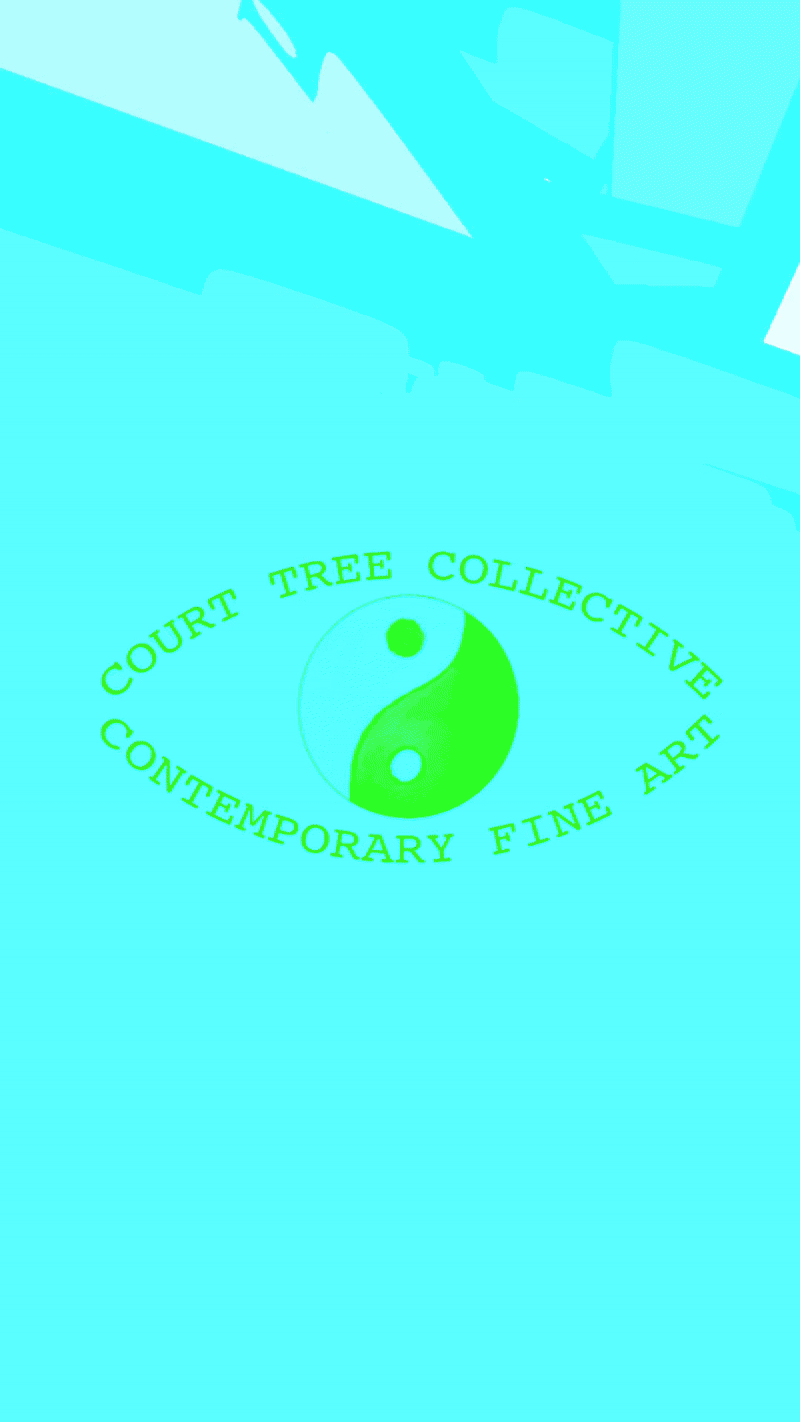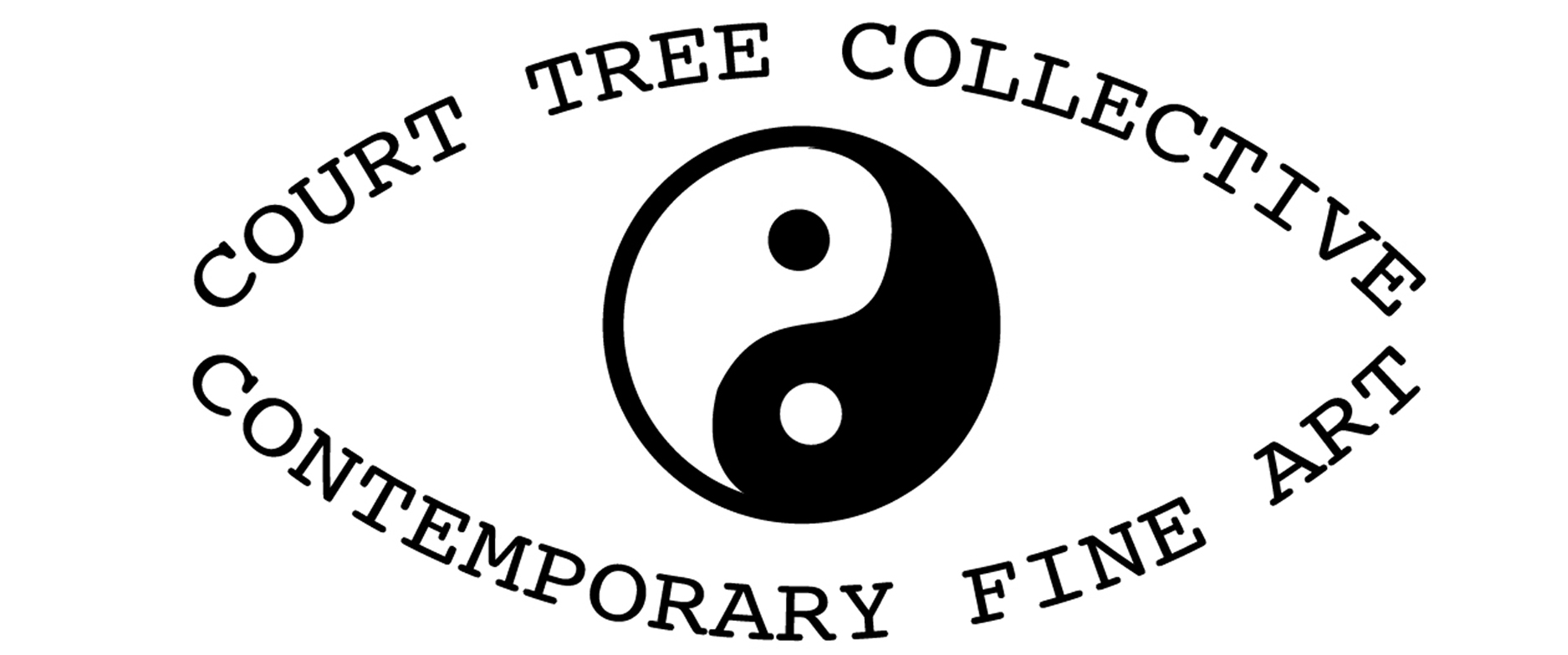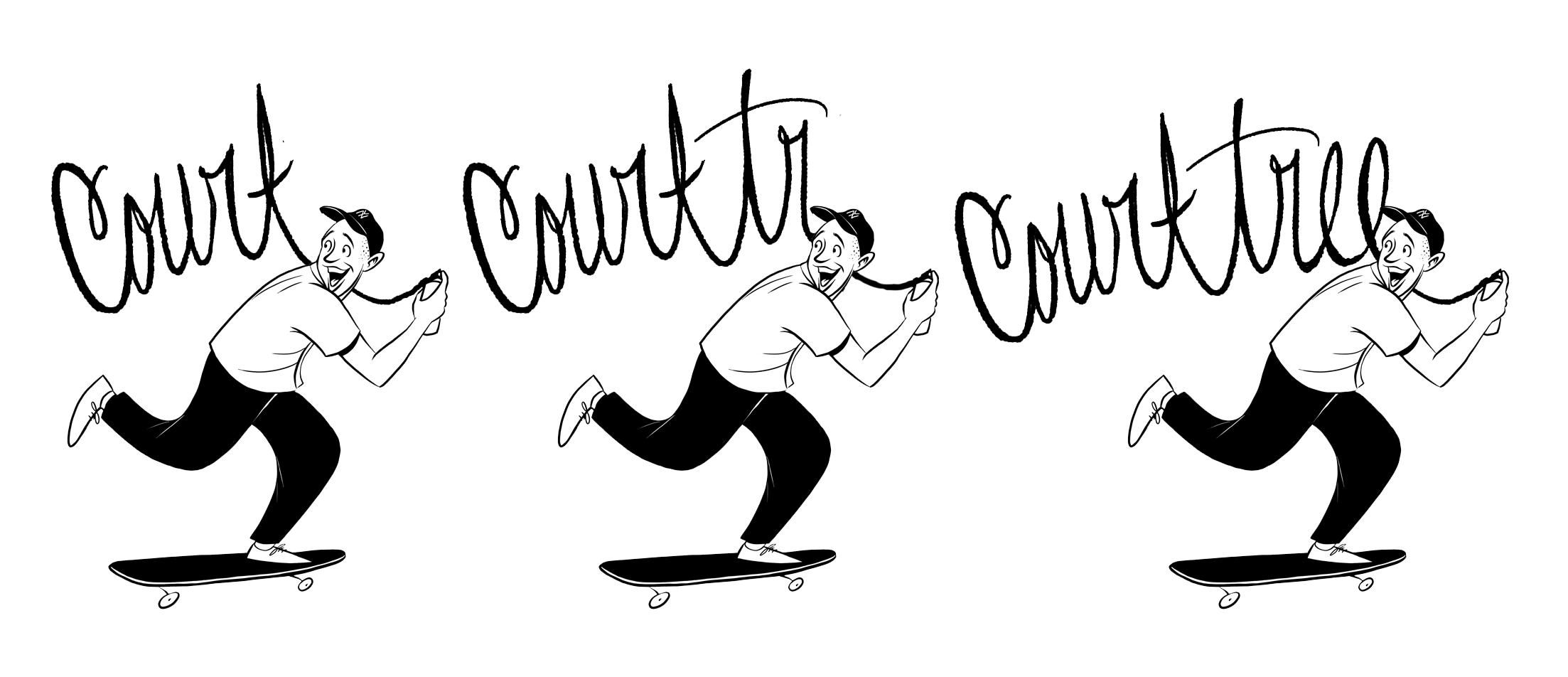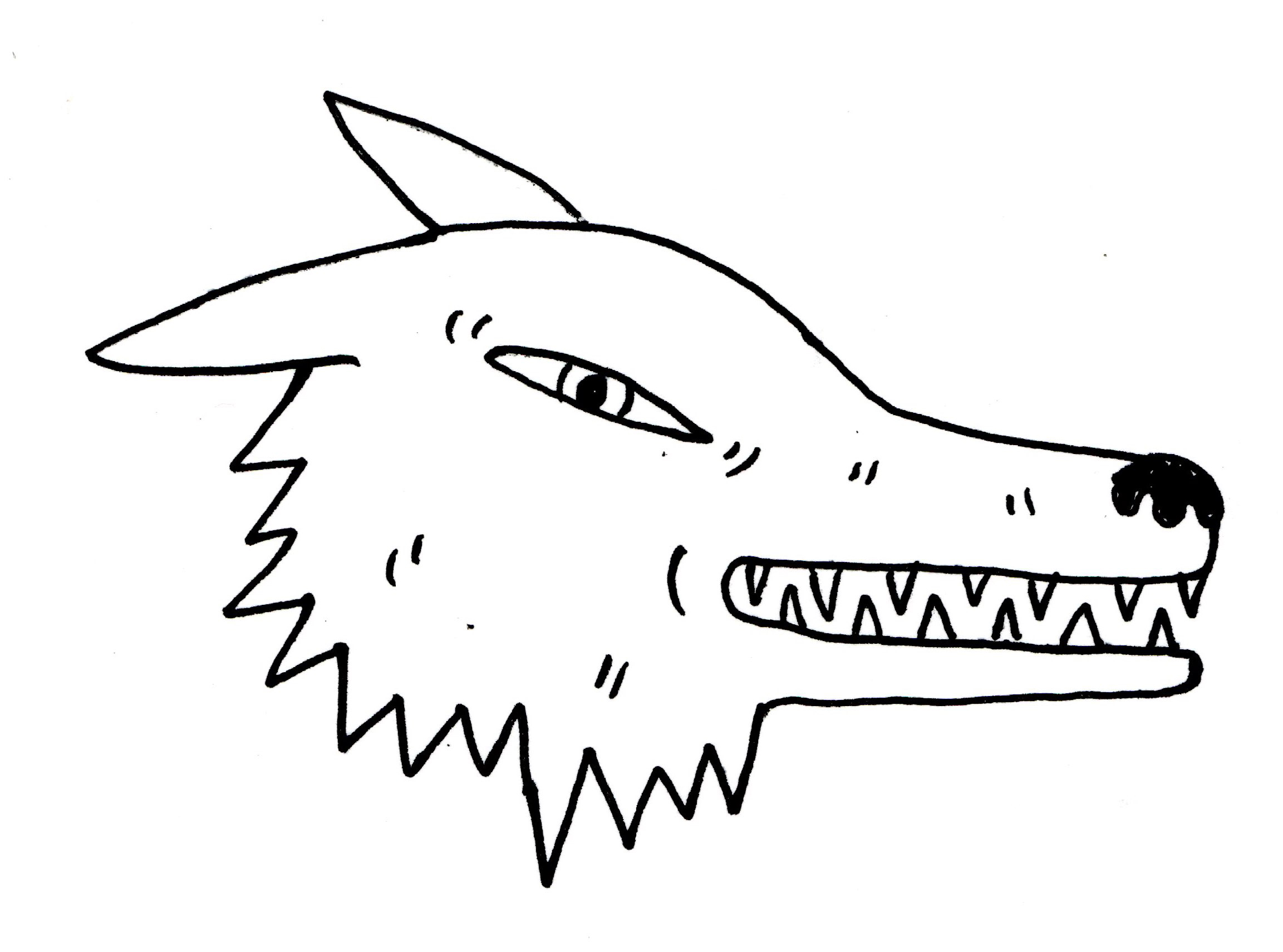Craigie Harper
Your paintings and cutouts come from the fictional setting of Kilmarning, a town that you have created based off of real and imaginary elements. It’s also partly inspired by the landscapes of your home country, Scotland. Can you give us a bit of insight into how Kilmarning came to be? Did you grow up in a town similar to Kilmarning? In general, what are things you had to consider when building the elements of a fictitious place?
It was very much by chance. I talk all the time in my sleep. My partner gets long conversations out of me and records them on her phone. In my sleep, I’d asked her if I’d given bad advice to the people of Kilmarning.The next day I was glad to discover the place wasn’t on the map. It felt like something worth developing. The first painting I made was “Giving Bad Advice to the Good People of Kilmarning.”
The landscapes and buildings are similar to my surroundings and where I grew up, but my paintings are really about their stories. The town is incidental, but necessary. It’s sort of like the Simpsons: the stories and characters are what mattered, but none of it could have happened without Springfield. When I’m developing ideas for paintings, I’m thinking about memories and people. I distort and invent. Sometimes I tell it just how it happened.
You’ve described the themes of your work on Kilmarning to be an exploration of “parochial attitudes, collective folly, and the absurdity of local customs.” What is about close-knit communities and its creation of really specific local traditions that appeals to you?
I’m interested in why people believe in the things they do and how communities form around belief systems. I’m not religious myself, but I’ve always somehow ended up near religions and alternative communities. On one occasion I attended a weekend seminar for what turned out to be a cult. I currently live in a community that has its roots in Rudolf Steiner’s ‘Anthroposophy.’ I don’t believe in his teachings myself, as they seem rather outdated, but I’m surrounded by people that do. There are many celebrations, based on Christian traditions, that are a unique experience to be part of. But sometimes I paint to establish what my stance is in relation to it. There are dynamics between people - it’s never dull. I need things happening in my life to draw upon in painting.
The characters you’ve created–especially your cutouts–contain such unique and defining features. When you create them, do you also name them and are they accompanied with their own background stories?
Probably more so in the paintings than the cut-outs do people have backgrounds and names. A lot of the characters are based on people I know. They don’t always look like their real life counterparts, however. I like to depict people who resemble previous generations of my family. The women in the floral dresses are a recurring symbol. They are based on how my great-aunts and great-grandmothers looked.
I’ve painted myself a number of times and at various stages of my life. I paint my walking stick a lot; it’s a stand in for me. Depicting disability is important to me, as I’ve never seen my condition painted before. Often these characters wear the supports I wear and look the way I look. It’s my lived experience, so it ought to be in there.
The cut-outs I keep around the studio. There are lots of them now and I’m always making more. I prefer to number them rather than name them, although groups of them together sometimes tell a small stor through their dynamic. I’ll often paint the cut-outs into a painting, if they seem like the right fit.
Can you describe how your process in making the paintings?
These paintings have an intentionally distorted sense of space and scale. When children make pictures they’ll often draw the most important elements as the biggest. It’s an interesting way of setting a visual hierarchy through scale. When I paint them, I generally start with a background. I like to paint rough and as fast as I can. During the process of populating the pictures, many things get painted in and painted back out. Nothing is too precious to be painted over, if that’s the direction it’s going.
Titling the paintings is never an after thought. I enjoy the relationship between words and images - what the title says, or doesn’t say, of the image. It’s the same with the short stories that accompany some of the paintings. There’s a chance to add another layer to it and tell a bit more of what’s behind the painting.
Your artworks frequently visit sport settings, and you’ve said that your interest in sports lies not in the glorification of victories but actually, in defeat. Most people watch sports to see their favorite teams win, yet your paintings feature players who are hungover or who have been decimated by the opposing team. Why do you choose to portray scenes of (embarrassing) defeat?
On September 12th 1885, the Scottish football club, Bon Accord; who were from Aberdeen - which is my actual hometown, were defeated by Arbroath 36-0. For well over a hundred years it has stood as the worst defeat in football history. What is even more staggering is that the second worst defeat in football history belongs to Aberdeen’s other team: Aberdeen Rovers, who were defeated 35-0 in another match, only 18 miles away in Dundee - on September 12th 1885; the very same day! I think that is wonderful.
Being terrible at sports is something I connect with. I was never able to play sports well when I was growing up. Sports Day at school was uncomfortable, to say the least; I was always last in everything. In team sports, I was the kid that got picked last. At the time it felt ruthless, but it’s something I embrace now, through painting, and can find the humour in it.
Looking ahead in your artistic practice, would you like to continue expanding the stories and memories of Kilmarning, or do you have a new town, setting, and/or subject in mind?
If something happens organically, I will follow that. For now, I have pages of ideas in my notebooks that I need to work through and develop. There are always things happening where I think “I should paint that.”
Last great piece of media (book, movie, show, music)?
Jimmy Shand at Letham Village Hall in Fife.
Click Here ︎ to see Craigie’s work.
Craigie’s Instagram: @kilmarnings_own
Interview by Tiffany Kang.
@by_inyoung




